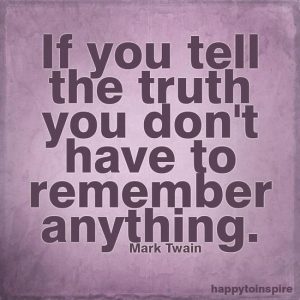A year ago my co-author Jonathan Salem Baskin told Economist Summit delegates that the job of marketing was to represent consumer truth within the organisation. Not to make ads that spin the truth, not in fact only just to make ads at all, but to influence all aspects of marcomms that the consumer encounters, whether that’s CRM, Social, instore or employee advocacy.
There are barriers in the way of this of course. Also there are new opportunities all the time to help comms directors to deliver it. One of these is to consider whether it is necessary to change the tone of the brand now that it can speak in new ways to consumers.
When you see a presentation from Twitter they will usually include an example of O2 doing this brilliantly. My experience of Twitter by candlelight was that the tone of the customer service tweeters during the power cut was really human (and not corporate) and attuned to my situation (not defensive). There are other examples that we can all think of that haven’t worked so well, but let’s stick with the positives. Let’s think about how to make it better.
At a recent “TAGtribe JAM” in Grey’s offices in Hatton Garden, we were debating the future of content. (No small subject then.) My view is that we will increasingly seek partnerships with media owners to create brilliant and effective campaigns. Our recent work for Time for Change (the campaign to end mental health discrimination) was an example of this. I’m really proud to have had some involvement in this work; our partnership with C4, IPC and The Voice was a very different approach from traditional buyer/seller ways of working.
My co-panellist at TAGtribe Jam Ann Handley, who is Chief Content Officer (CCO) at Marketing Profs, made a slightly different point. She felt that every brand needs a CCO to be its voice for the consumer, and the first place she’d look for a CCO would be in journalism.
These two perspectives may come to the same thing. There is an opportunity for brands to use the experts in creating content for consumers (journalists and editors) to be the voice for the brand in talking to the consumer. Author David Bellos, director of intercultural communication at Princeton writes : “Journalists think of their job as turning plain information into arresting, entertaining or readable prose suited to the culture, interests and knowledge of the people who read them”. Substitute “content” for “prose” and “potential customers” for “people” and you get a good job description for the role of CCO for a brand.
